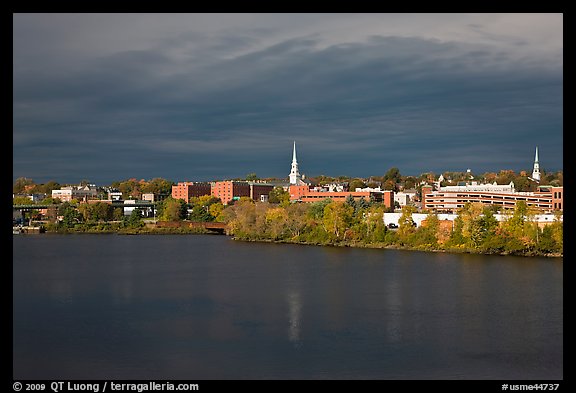 |
| San Angelo |
If you read more than one post on this blog, then you know that I am a trees and water kind of guy, like in East Texas. For some unknown reason, however, the rugged beauty of the desert has a bit of a mysterious hold on me. I can't explain it, other than to say it's a sort of sagebrush voodoo or something. Segue to San Angelo.
San Angelo is one of those places where it's not quite desert and it's not in the Piney Woods or Big Thicket, I could live there and be happy. It doesn't exactly hurt my feelings that there is a
state park and
O C Fischer Lake lies within the park and snuggles up right next to the San Angelo city limits. The city got its humble beginnings when after the Civil War, Fort Concho was established as an outpost to protect the flood of settlers heading west to find their fortunes. At one time Fort Concho was home to the Black Cavalry, which the local Native Americans called the
"Buffalo Soldiers", earning great respect from the white soldiers they served with and, of course, the Indians. In those days, San Angelo was a trading center for settlers in the area, but as
sanangelo.org states "The discovery of oil and gas, the influx of light manufacturing, the initial development of a communications center, the establishment and growth of Angelo State University, and the growth of the medical community provided diversification to a growing community. Today, this city of 90,000 is the trade and services hub of a 13 county area, supported by agriculture, manufacturing, education, business and health services, military, tourism, and retirement." Geographically, San Angelo is almost the bull's eye on the dartboard that is Texas and it ain't far from being a bull's eye on the dart board of places to live.



